Your cart is currently empty!
7 Steps to Understanding the Forex
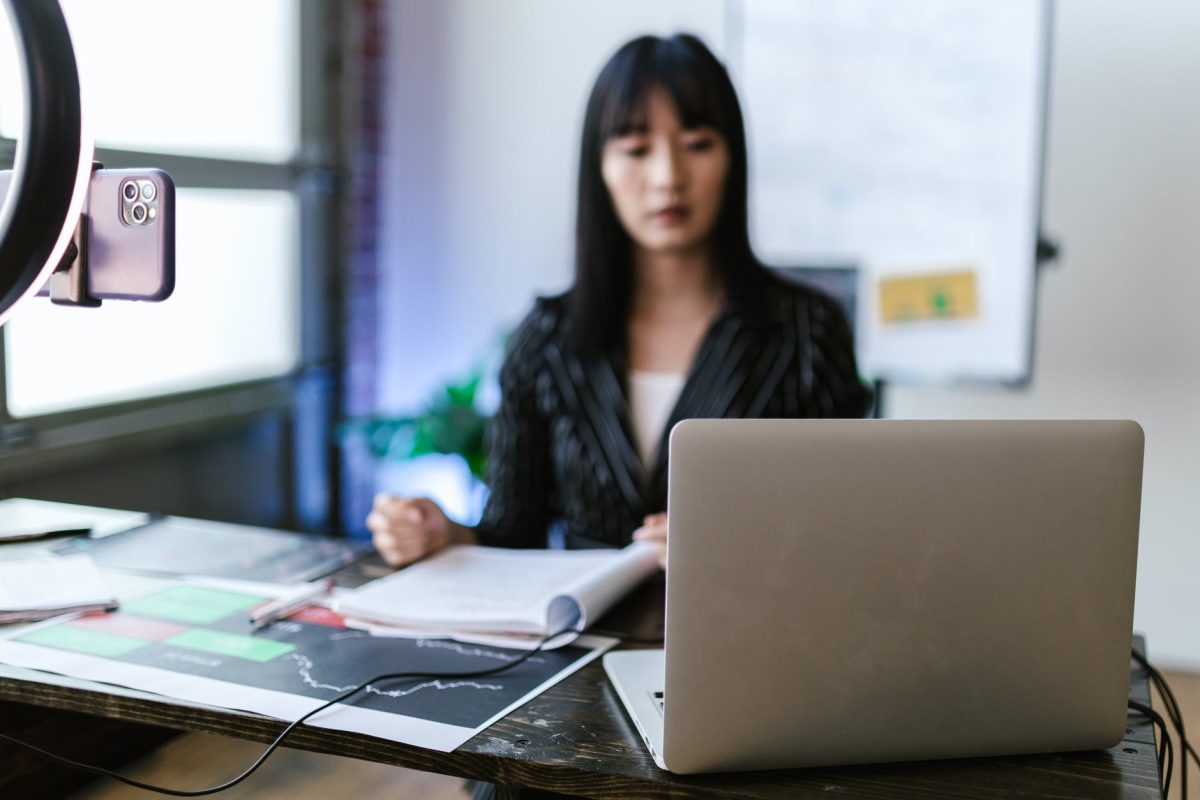
Affiliate Disclaimer: This post may contain affiliate link or links
7 Steps to understanding the forex, I’ve been observing financial markets over the last decade, particularly currencies and forex. I began trading as a hobby, and it quickly turned into an obsession.
So I began studying anything I could get my hands on about the Forex market. Just like you, I spent hours upon hours pouring through articles, books, and courses that left me more confused than when I started.
I then took all of what I had learned so far and created this list of top tips that will have you well on your way to understanding the Forex market in no time.
There are few financial instruments in existence as complex, exciting, and fascinating as the forex markets. It would seem that there is no end to the number of global exchanges, and due to this fact, they have a truly global presence.
Learn about the forex that is important for you to know. The forex, also known as the FX market, is the overall foreign exchange market. For example, it is involved in the exchange of one currency for another.
The forex is important because it is a worldwide market and impacts many aspects on local governments and international economies. This article will provide information about the forex and explain how it works.
Back in the old days (we’re talking way back) investors would actually use brokers to trade currencies. Some of these brokers were quite sharp, and they knew that certain things could move certain currencies.
Sometimes, they would share this information with their clients. However, most times, they didn’t. Back then investors were almost always on the wrong side of the trade.
Luckily for us, things have changed drastically over the years and now we have a huge vehicle known as the forex market to choose from. Millions of traders throughout the world buy and sell currency hoping to make a profit whenever they can.
It is true that you can sometimes make huge profits in just a few days; however, your profits are most likely going to depend on how you approach your market trading.
Key takeaway
- Understand Your Goals
- Find a Forex Broker to Trade With
- Start Slowly
- Learn How to Read a Currency Quote
- Determine Your Position Size
- Calculate the Pip Value for Each Trade
- Prepare for Losses and Get Ready to Adjust Your Strategy
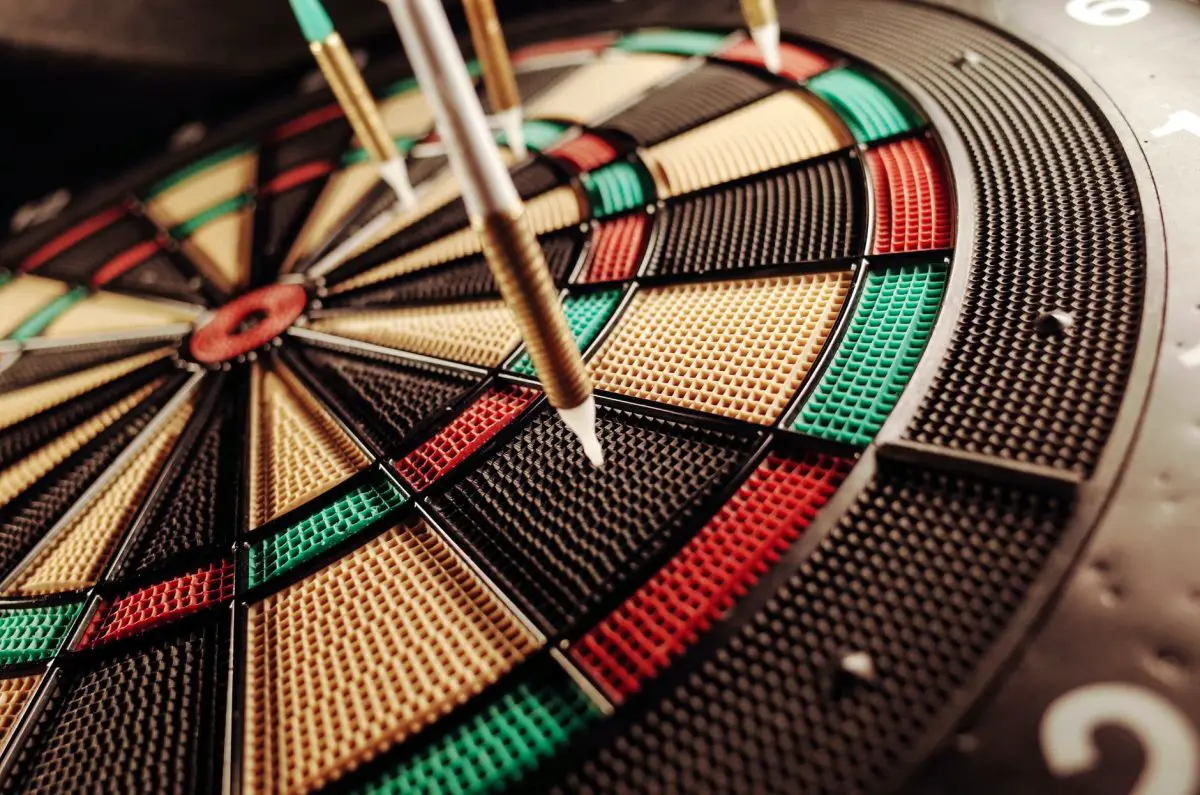
Understand your goals
Your goals will determine what kind of forex trader you are. You can choose to be a scalping trader or a swing trader or an investor. The choice is up to you and depends on your risk tolerance and time horizon.
Scalping traders trade with very small positions and take advantage of small price movements. They look for opportunities to make quick profits by getting in and out of the market quickly.
Scalpers usually hold their positions for just seconds or minutes at a time, rarely longer than an hour. They use the same method to exit their trades as they do entering trades they simply sell at the next available opportunity.
Swing traders hold their positions for several days or weeks, while investors buy and hold investments for months or years. Investors typically trade with larger positions than scalpers or swing traders because they want their money working full-time while they’re away from their computer screens.
In order to make more money, investors often wait until major news events occur before placing trades because these events can move markets drastically in either direction.
There are many reasons why people trade forex. Traders may be speculating on an increase or decrease in a particular currency’s value, or they may be taking a position on a commodity such as oil or gold. Some traders are simply trying to earn a living by trading currencies.
Before you start trading, you need to understand what your goals are and how much money you can afford to lose. It is important to know how much money you’re investing and what your expected return is going to be.
If you don’t know these things, then you might find yourself in over your head before long. The first thing to do is determine how much time you have available for trading.
Most people have jobs, families and other responsibilities that take up most of their time. If this is the case for you, make sure that you set aside enough time each day to devote to your trading activities.
You should also make sure that there are no distractions during this time period so that nothing interferes with your ability to focus on the market at hand.
You can expect some losses along the way when trading currencies because there will always be periods of volatility in any market where large sums of money change hands rapidly with little warning or regulation from outside sources such as government agencies.
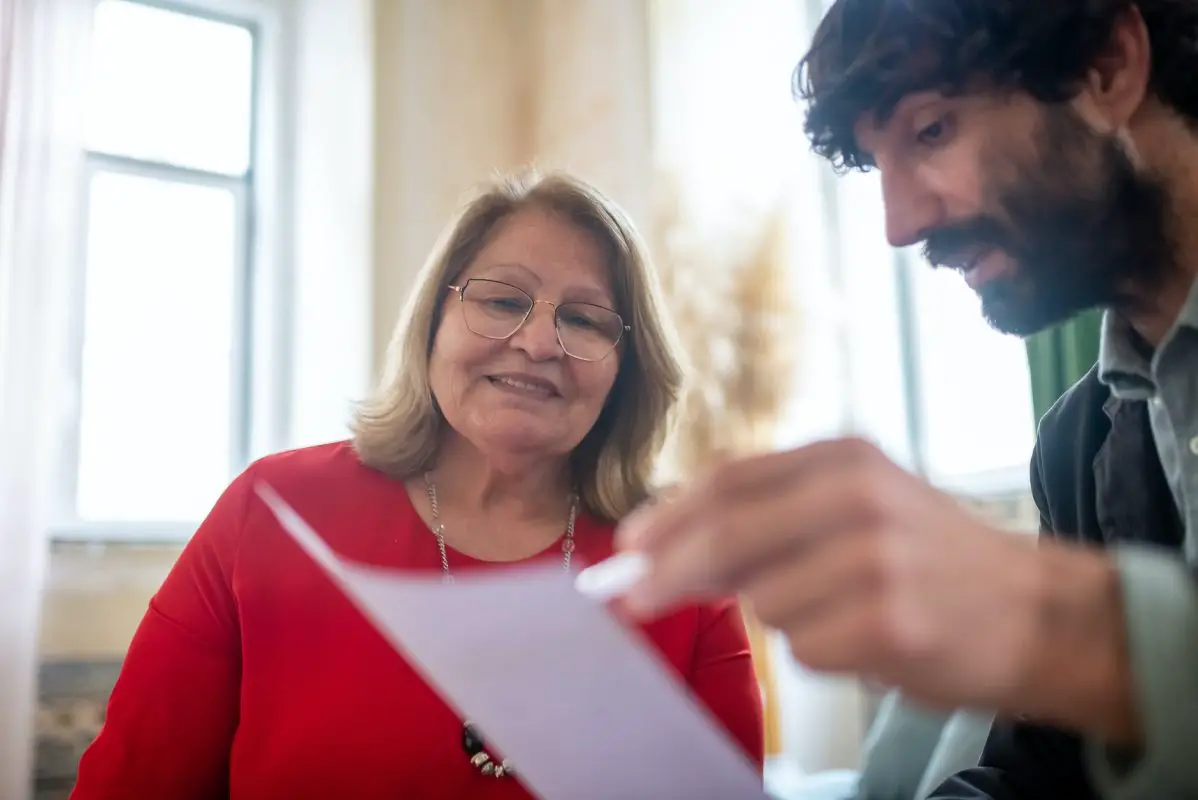
Find a forex broker to trade with
The first step to finding a forex broker is to do your research. The first thing you should do is decide on the type of account you want and what kind of trading you want to do. Then, it’s time to start looking for a forex broker that suits your needs.
You will find many brokers in the market, but not all of them are good and reliable. Some brokers are not regulated or licensed by any authority, which means they can do whatever they want with your money. They can steal it or lose it without any consequences.
The best way to find a trustworthy forex broker is by looking at its reputation first. You should also check if it offers the services you need at competitive rates and if they have good customer support services such as live chat or email support.
If possible, ask friends or family members who already use brokers like this one for their feedback about their experience with these companies before signing up for an account with them.
If you’re new to forex trading, it’s better that you start with a demo account first so that you can familiarize yourself with how things work before actually investing real money into this type of investment product. Demo accounts allow traders to test out different strategies without risking their capital.
Look at the fees. You’ll want to make sure that any fees charged by your broker are fair and reasonable. Some brokers charge high fees or commissions, but these can eat into your profits if you’re not careful.
Check out the website of each broker you’re considering and look at the fee structure they have listed on their site; this will give you an idea of how much they charge for trades and other services they offer.
Check out customer reviews online before deciding which broker is right for you. Look at sites like Forex Peace Army or Forex Brokers Reviews, as well as on social media sites like Facebook or Twitter where people discuss their experiences with various brokers.
You’ll want to avoid any brokers who have been accused of ripping off customers or treating them poorly in any way; these are red flags that indicate that there may be problems with this particular company’s practices.

Start slowly
Start slowly. Don’t put your entire savings into forex trading, especially if you don’t know what you’re doing. Start with a small amount of money and see how it goes. If you do well, then increase your investment amount or even start trading other currencies.
Read up on forex trading before making any decisions about which broker to use or which currency pairs to trade. There is a lot of information available online and in books that can help you make better decisions.
Don’t chase losses. If you trade with emotion and lose money, don’t try to recoup those losses by putting more money into the market right away. Wait until your emotions have cooled down and then decide what to do next based on your actual trading plan instead of your emotions or panic over losing money.
Trading is like swimming in a pool of sharks. You need to learn how to swim before you go into the deep end. You can start by placing a few trades at a time and slowly increase your trading size as you gain confidence and knowledge about forex.
If you are new to forex trading, it’s important to make sure that you have enough capital on hand so that you don’t have to worry about blowing out your account if things don’t go well right away.
If this happens, then it will be harder for you to get back into the game again later on because of losses incurred during these early stages of your trading career.
When you start out in forex trading, you will get a lot of information. You need to learn how to read charts and understand candlesticks, how to use indicators and which ones are good for your trading style, etc.
However, it’s important not to get overwhelmed with all the information that is thrown at you when starting out in forex. You need to take things one step at a time.
The best way to do this is by starting off with demo trading or paper trading. This means that you won’t actually be using real money but fake money instead! While this may seem like cheating, it’s actually a great way to learn without risking any of your own funds and without having any pressure on your shoulders.
Most people who trade the forex market are not professional traders. They are simply investors or speculators who are looking for ways to make money on their own.
For this reason, it is important to start slowly when trading forex until you become familiar with the market and develop your own trading plan.
When starting out, it is best to begin by using small amounts of money that you can afford to lose without having a negative impact on your overall financial situation.
This way, if you do happen to experience some losses, they won’t be so great that they lead to stress or anxiety.
The small amount of money that you trade with will also help prevent any emotional reactions from occurring when things don’t go as planned during a trading session.
After gaining some experience with trading small amounts of money, then consider increasing the amount that you trade with over time as long as everything is going well in your account and your overall strategy is working out well for you.
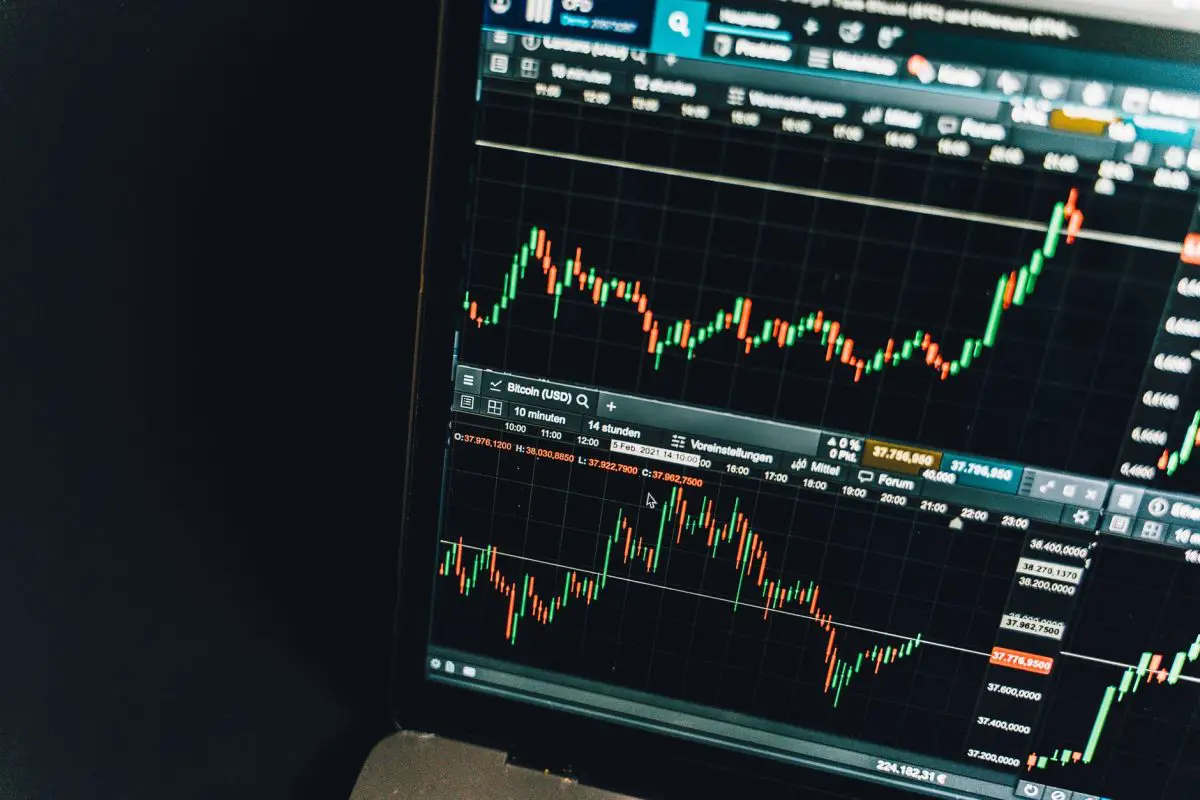
Learn how to read a currency quote
Currency quotes have a lot of information, but they’re not always easy to read. Here’s how to crack the code and understand every part of it.
The quote above is from a U.S. dollar/euro currency pair. It shows that one euro can be exchanged for 0.7857 U.S. dollars, or $1 = 0.7857 euros. What does this mean?
The top line is called the “bid” side of the quote and indicates where you can sell (or buy) a currency pair at any given time (the bid price). The bid price is always lower than the ask price because people who want to sell their currencies are more willing to accept a lower price than those looking to buy them (the ask price).
The bottom line is called the “ask” side of the quote and indicates where you can buy (or sell) a currency at any given time (the ask price). The ask price tends to be higher than the bid price because people who want to buy currencies are more willing to pay more than those selling them (the bid price).
Currency quotes are expressed as the number of units of a particular currency that will be exchanged for another currency. To find out how many US dollars can be exchanged for one Canadian dollar, you would look at the quote USD/CAD.
If the quote is 1.2800, that means that one Canadian dollar can be exchanged for 1.28 US dollars. If the quote is 0.9900, it means that one Canadian dollar can be exchanged for 0.99 US dollars.
The first currency listed in the pair (in this case USD) is called the base currency and the second currency listed (in this case CAD) is called a quote or counter currency.
All currencies quoted on forex markets are based on an exchange rate between two currencies, e.g., EUR/USD or GBP/USD or JPY/USD etc., which represents how much of one currency equals how much of another currency at any given moment in time.
When you’re ready to trade the foreign exchange market, you’ll need to set up a trading account with a brokerage firm. The first step is to open an account with a brokerage firm that specializes in forex trading. Some major firms include Saxo Bank, IG and Forex.com.
Next, you’ll need to choose which type of account best suits your needs. There are two basic types of accounts: standard and mini.
A standard account usually requires $2,000 to $50,000 in initial deposit and allows unlimited positions per day. A mini account usually requires $100 or less in initial deposit and limits the number of daily trades allowed to 50 or so per month or quarter.
Now that you’ve opened an account with the right broker and have learned how they operate, it’s time to learn how they quote currency prices whether it’s euros or pounds sterling or yen or whatever else you’re interested in trading.
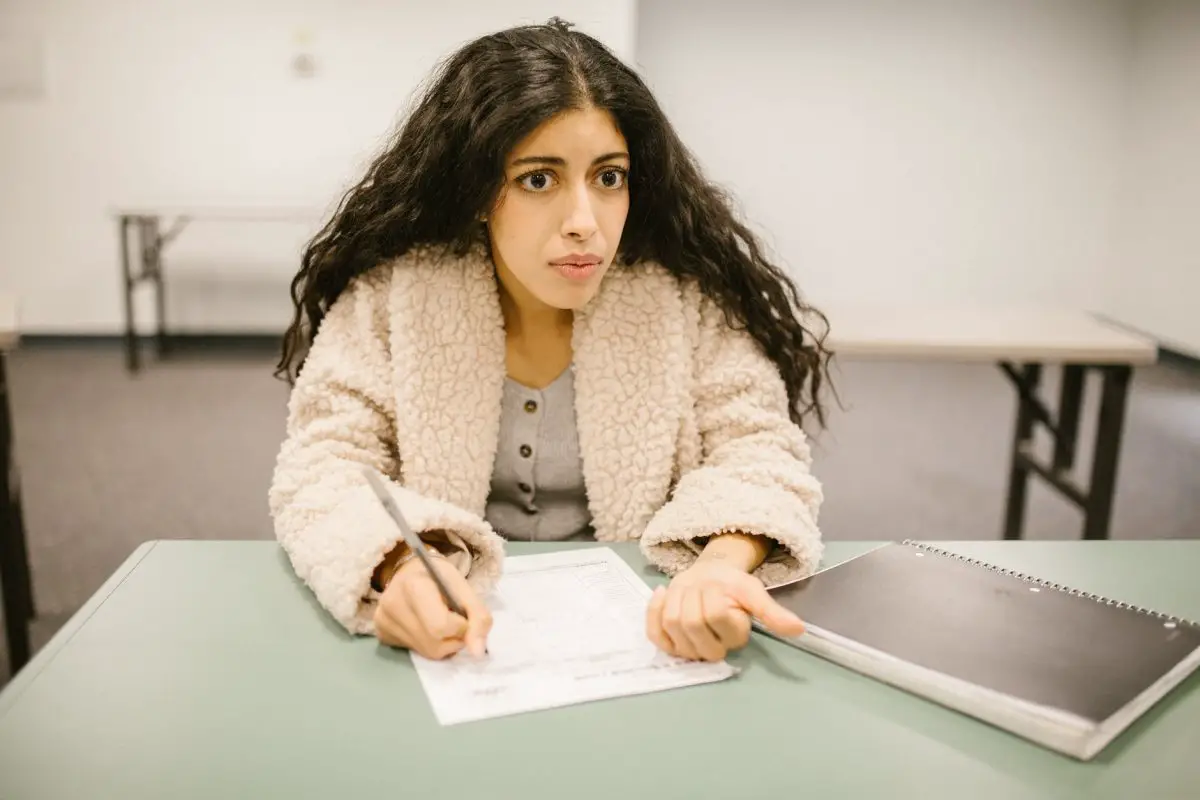
Determine your position size
It is important that you set a stop loss and profit target when trading. The stop loss will tell you when to exit the trade, while the profit target gives you an idea of where you might exit if the market moves in your favor.
The size of your position is also very important. The smaller your position size, the less risk you are taking on but also the lower potential return. If you want more money to work with, then increase your position size. However, if you want less risk and more control over your trades, then decrease your position size.
Once you’ve determined your entry and exit points (and how much money to put at risk), then it’s time to determine what kind of timeframe suits your strategy best.
I like to use shorter timeframes for day trading because they allow me to get in and out quickly if I see an opportunity for profit or if my trade starts going south due to bad news or technical indicators suggesting a reversal may be underway.
The position size of a trade is the number of shares or contracts you buy or sell. The position size of a trade is determined by the amount you’re willing to risk at any one time.
Position size is an essential aspect of trading, because it determines how much money you can lose or make on any given trade. If your position size is too small, you’ll have to trade more times to make substantial gains which increases exposure and makes it more likely that you’ll lose money.
On the other hand, if your position size is too large, there’s a greater chance of losing money in proportion to the amount of money invested in each trade.
To determine your position size:
Determine how much risk capital** (**money) you’re comfortable with investing in each trade. Use this as a guide when determining your position size: For example, if** $1,000 represents 10 percent of your total trading capital and you want to take 10 percent risk per trade, then calculate based on $100 per share.
The position size is the most important factor to consider when trading. It determines how much of your account you are risking on a single trade.
The larger your position size, the more money you can lose if the market moves against you. Conversely, a smaller position size will limit your potential profits if the market moves in your favor.
Position Size = Risk Per Trade/Margin Requirement
The Relationship Between Position Sizes and Risk
A successful trader needs to know how to effectively manage his or her risk exposure at all times. Ideally, traders should be able to determine their maximum losses before they enter a trade so they can calculate their position sizes accordingly. This will help them avoid placing trades that are too risky or too small for their account size and risk tolerance level
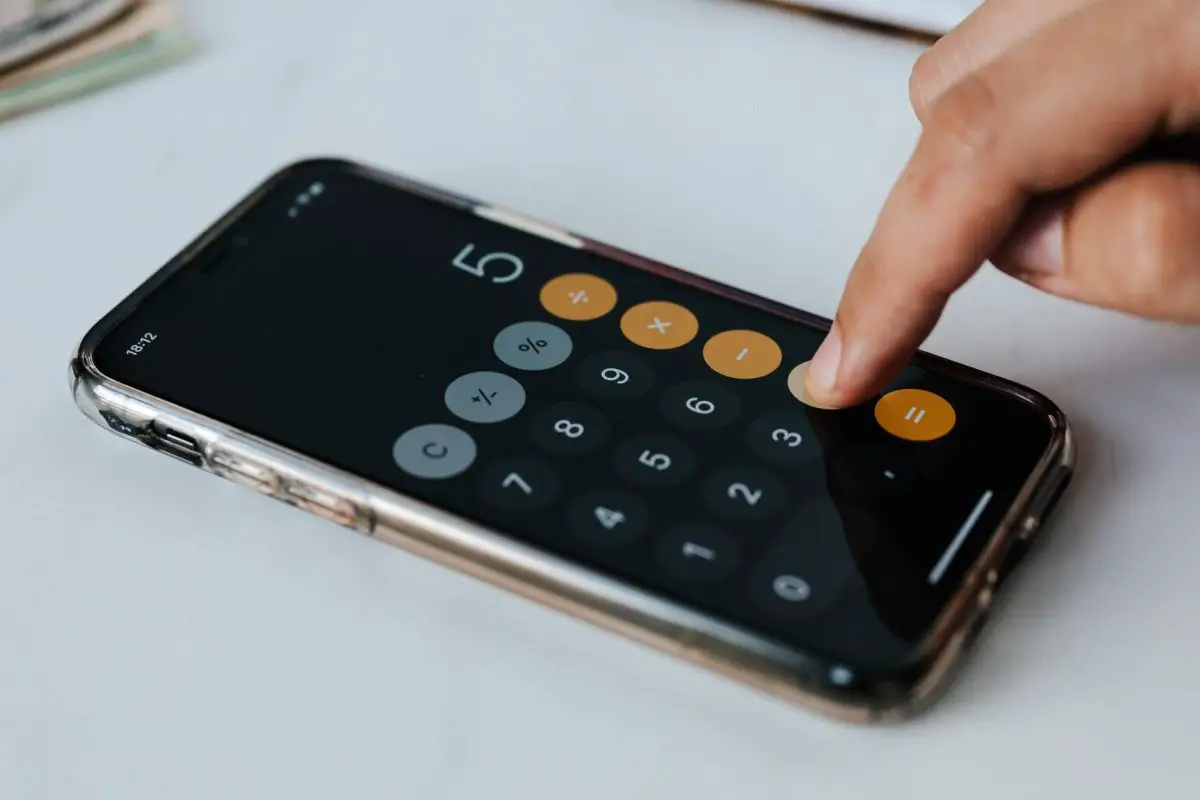
Calculate the pip value for each trade
The pip value is simply the difference in price between two currencies. For example, if EUR/USD is trading at 1.3225 and you sell 1 euro, your profit or loss will be 1 pips. If you buy 2 euros and it costs you $1.3225 per euro, then your profit or loss will be 2 pips.
Calculating pip values is an easy task if you use a currency calculator that shows you prices and rates in both decimal form (for example $1.3225) and fractional form (for example 1/3225). When you see a number like 1/3225, just multiply it by 100 to get the pip value of this trade: 1/3225 x 100 = 0.003225 (or 32 pips).
Here’s another example: You’re buying 10 British pounds for $1.2660 per pound and selling them for $1.2710 per pound; what’s your gain or loss? The difference in price between these two trades is 0.0140 (or 14 pips).
The pip value is the unit of account in forex trading. It is an amount that is used to calculate the profit or loss on a trade. The pip value is unique to each currency pair, so it must be calculated for each trade.
To calculate the pip value for a trade, you simply find the difference between the original price of the currency pair and its current price. For example, if you bought one euro for $1.3005 and sold it for $1.3010, then your profit would be $5 per contract (1/100th of 1%). This means that each pip value would be equal to 0.005 or five cents.
The pip value can also be used to calculate margin requirements when opening and closing positions on a forex account. The pip value of a currency pair is the difference between the ask and bid prices. It is expressed in pips, which are equivalent to fractions of 1 cent.
For example, if the EUR/USD exchange rate is 1.25635 and you buy €1,250 at 1.25600, then your profit or loss would be 0.20 pips (0.0001 x 100). The profit or loss will be 20 pips when you sell out at 1.25620.
If you hold a position overnight or longer term, you must calculate the total pip value of your position before exiting it.
This includes all commissions and fees incurred during the trade period as well as any accrued interest charges for overnight positions in forex markets that offer interest on open positions beyond the end of trading hours on Friday afternoon in New York (5:00 pm EST).
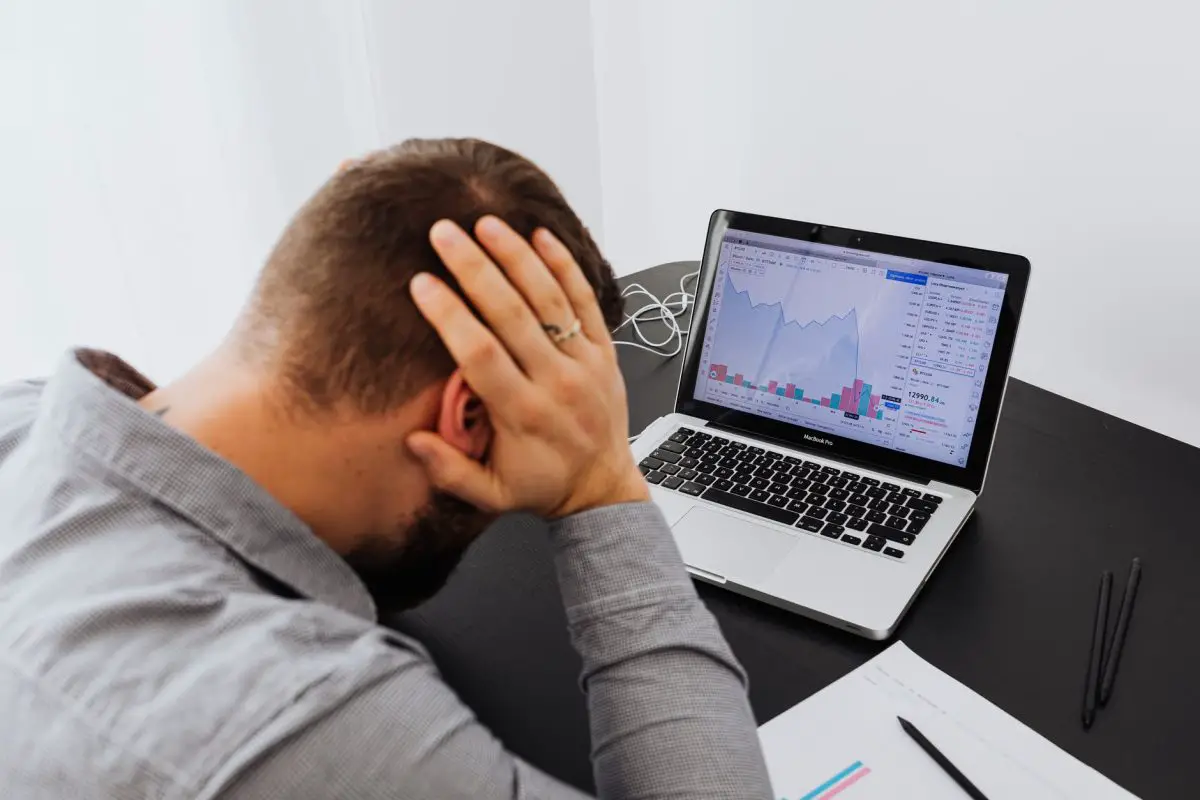
Prepare for losses and get ready to adjust your strategy
You need to be prepared for losses, and you should be ready to adjust your strategy, even if it means lowering your risk. Losses are a normal part of trading.
If you don’t experience any losses, then you aren’t taking enough risks. If you do experience losses, then you need to know how to handle them in a way that minimizes the damage caused by them.
You need to be prepared for losses so that when they happen, it doesn’t take you by surprise and cause you to make panicked decisions based on emotions rather than logic.
The best way to prepare for losses is by keeping your eye on the big picture and not getting caught up in short-term results.
You should also have a plan for what happens when things go wrong, so that when they do, you don’t have to scramble around trying to figure out what to do next (and possibly making costly mistakes).
If you’ve been trading for a while, you’re probably familiar with the concept of loss aversion. The idea is that we hate losing money more than we like gaining it and that this tendency can lead to poor decision making.
If you’re just starting out in trading or forex, you may not have experienced too many losses yet. But if you keep practicing, losses will happen eventually and they’ll be some of the hardest lessons you ever learn. When they come along, it’s important to be prepared for them and know how to deal with them properly.
The first thing you need to do is accept that losses are an inevitable part of trading even if you don’t want them to be. No matter how good your strategy is or how much research has gone into developing it, there will always be times when things go wrong and your trades start going against you.
Trading isn’t like poker where all your money goes in the pot together; it’s more like chess where every move puts you at risk of losing pieces on the board (even if only temporarily). In fact, expecting losses is one of the biggest advantages that professional traders have over amateurs.
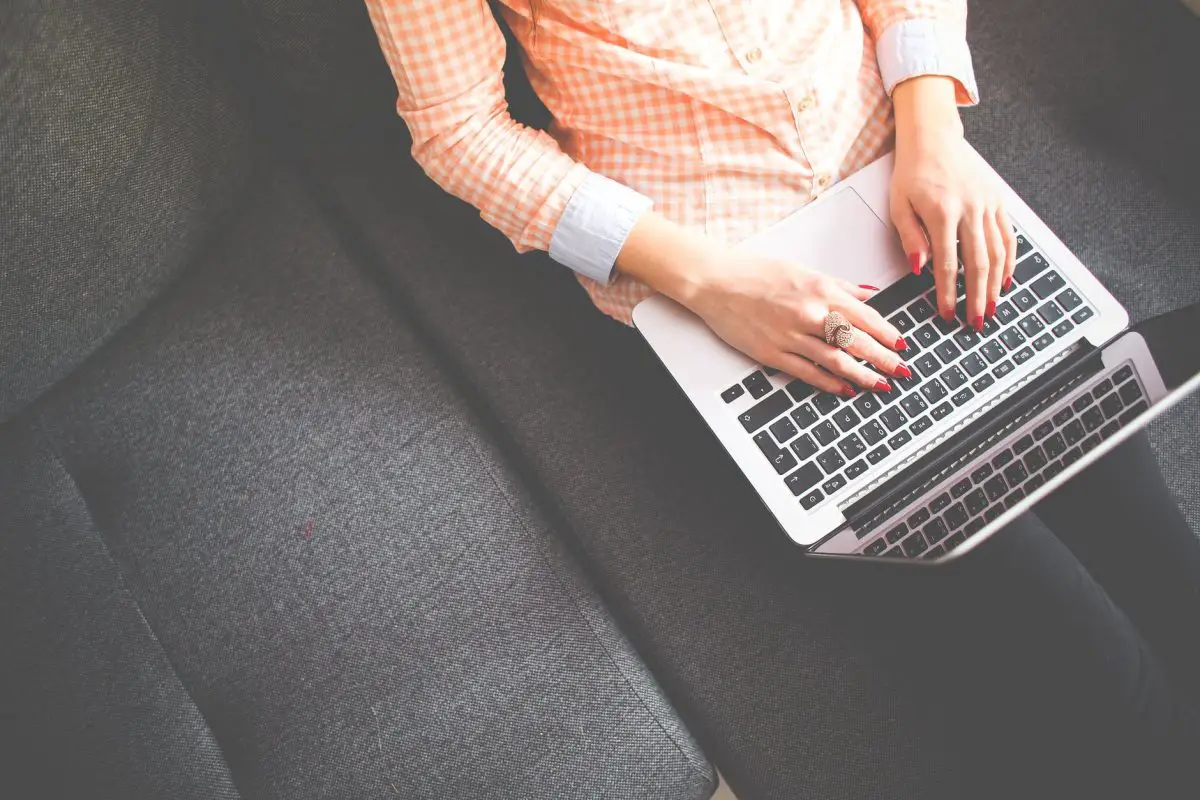
Final thought
Traders make money by buying or selling currencies; the currency value goes up as demand for it increases. New traders need to know what they’re doing and where their profits are coming from if they want to stay in the game. These seven steps should get you started on your way to understanding the Forex market.
The Forex may seem a bit intimidating and confusing to the novice trader, but it is a relatively simple concept if you follow these steps, listed above. The best thing about the Forex is that you can trade from anywhere you have an internet connection.
There are few financial markets that can allow this flexibility. The next time someone asks you about the Forex, you will know how to respond, and for more information click here.
So when you start to trade forex, whether as a beginner or an experienced trader, you need to know what resources are available to help you get started.
I hope this article has helped shed some light on some of the different aspects of forex trading, and will be a good starting point for first-time traders.
This guide is written to walk you through the steps required to begin your journey into becoming a trader in forex. It is meant to get you thinking as well as inform you on helpful tips that can help you learn easier and quicker.
By now, you should have a solid understanding of what Forex trading is, how to get started and keep a track of your trades. You should also be aware of the various types of margin that you can use to run your business.
However there will still be times when you need to seek outside help. If this happens, consider visiting one of the many forums dedicated to Forex trading.
Want to learn how to trade forex? Click here!
Other related articles
- Trade Report Indicator: Indicator for Forex Traders
- Trend Profiteer Trading System: A Trader’s Must Have
- Quantum Trend Sniper Indicator MT4: Free Download
- German Sniper Indicator: Unveiling its Power
- Mastering MACD Intraday Trend | Indicator Free Download
- Crazy Accurate 5-Days Breakout Strategy: Unlock Success

Joseph Benson, I have been trading forex for more than 15 years now and I am still trading actively, a content writer, an Architect also SEO expert, learn how to trade easily with me.
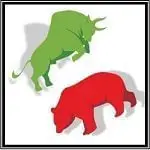
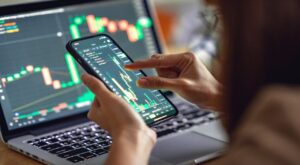
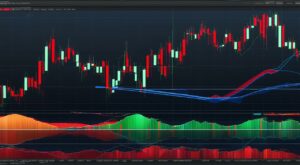
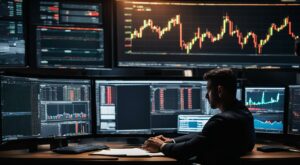

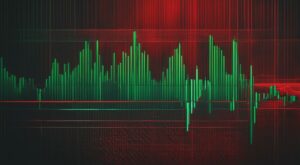



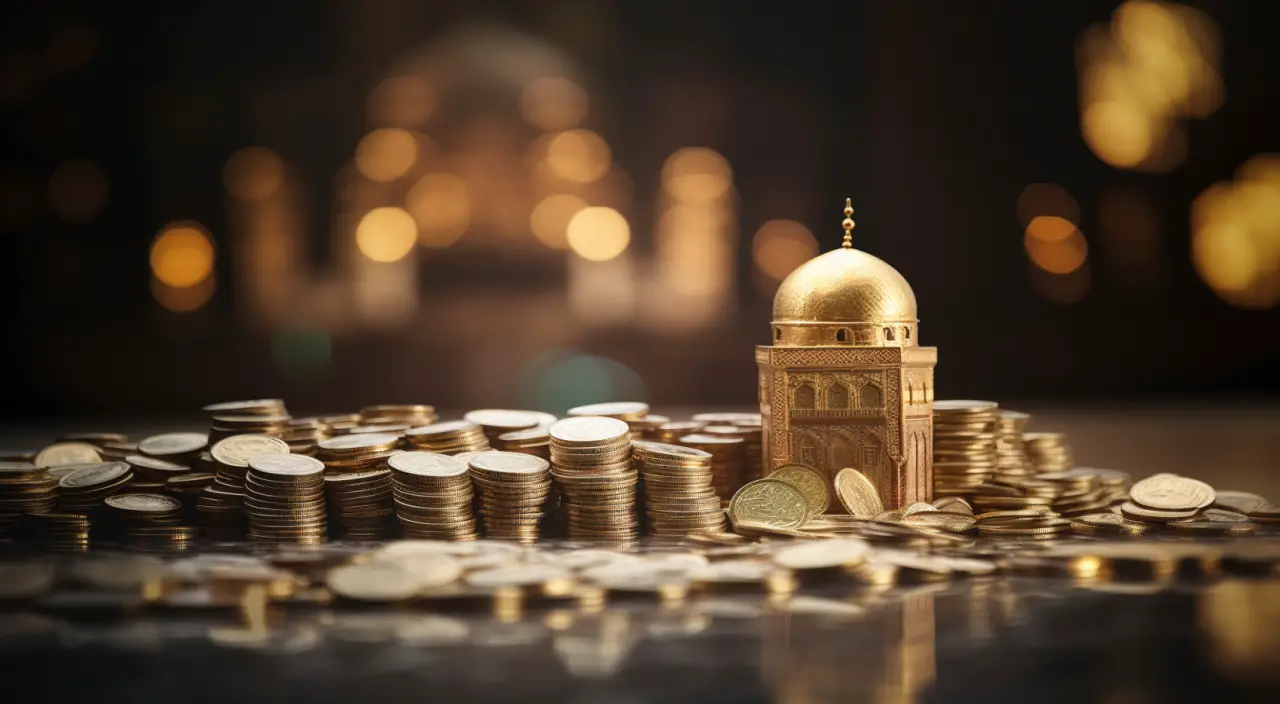
Leave a Reply